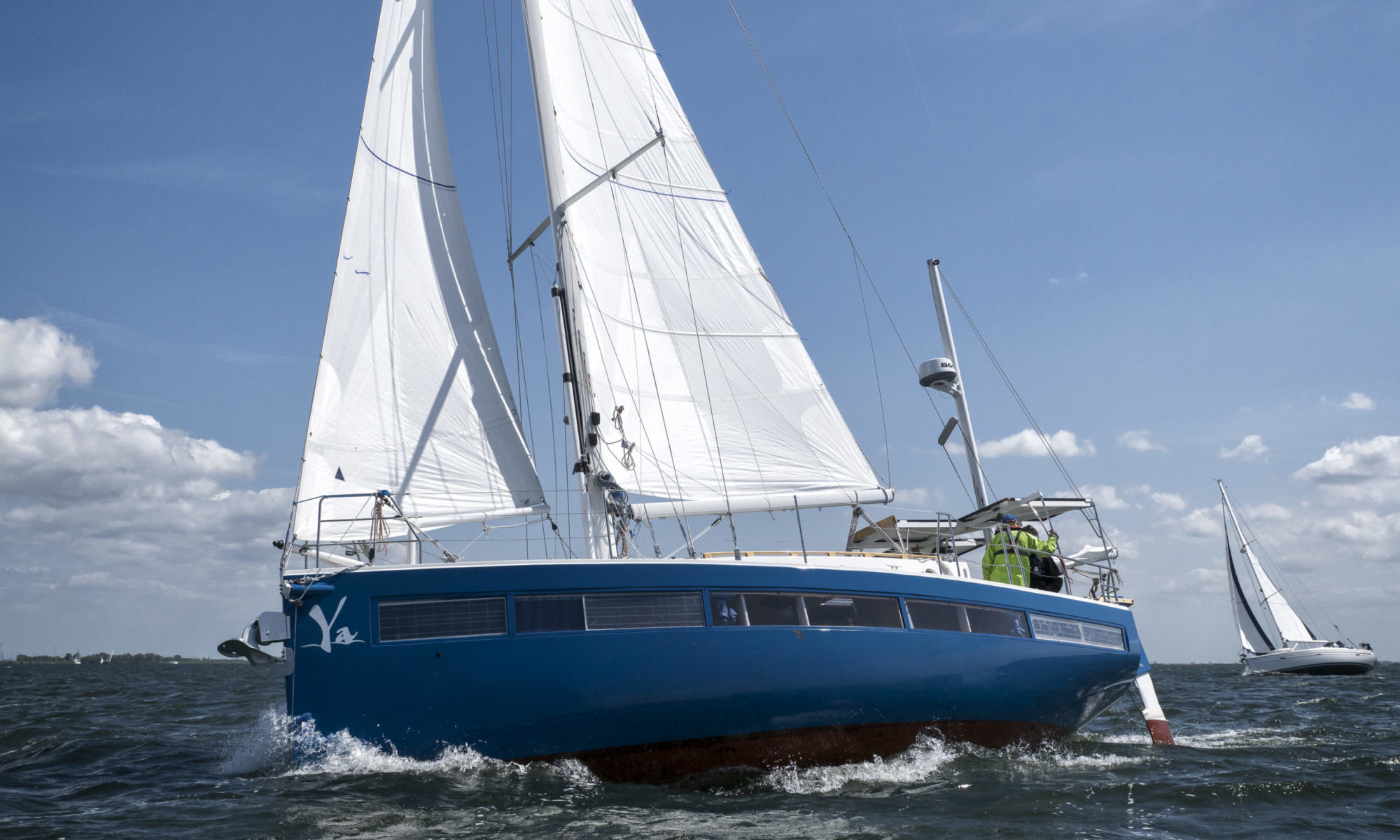Some days ago a quite little sailing ycaht entered the Taohae’ bay here in Nuku Hiva. It is the Mayola, of only 10 meter, which is the smallest yacht of the 50 yachts in the bay.
On board are Gustayo and Daniela. They had a beautiful trip of 44 days, in one stretch from Panama to here.
When the Mayola passed the Ya, you could not hear an engine nor smell diesel fumes. Electric motors?
Yes indeed. Gustavo showed it all. Not only with pride, but also with enthousiasm. He took one hour to tell it all. We know the advantages like no noise, little maintenance, silent, and more, and here we focus on the particulars of his story.
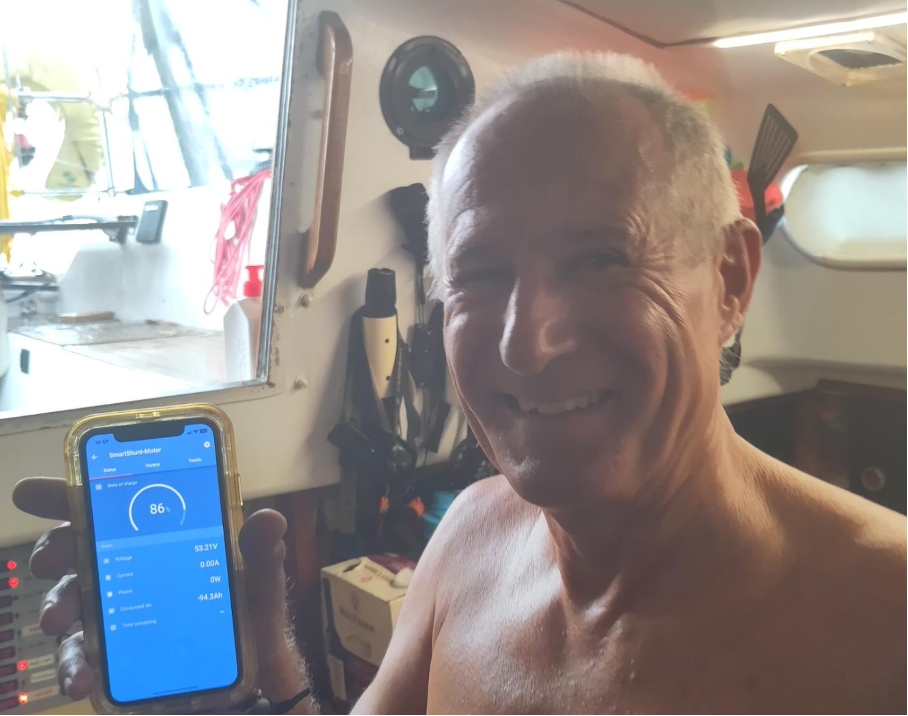
“The battery level now is lower, because we wanted to use the motor into this deep and windstill bay. And the last 2 days of little sunshine didnot help either. However, we never had a shortage on battery power. Never.”
Preparation – a lot of space
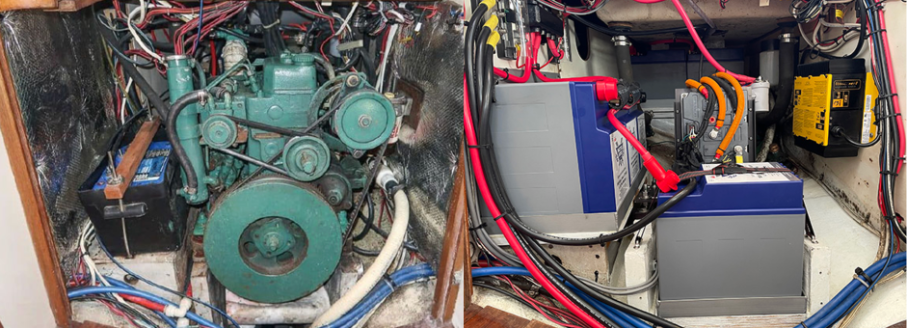
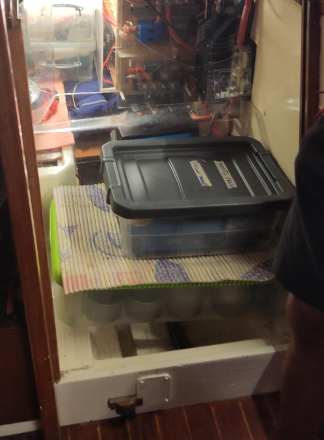
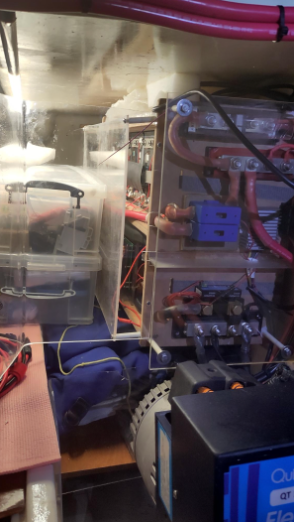
Usage is the key
You nee another attitude towards your energy. If you use energy without any reflection on what you have, then you will not make it. But, if you are willing to think about it, and you have a good set of solar panels and perhaps a wind turbine, it should be easy. Or, at least here on board it is easy.
Actually, Daniela doesnot agree. Or better: she doesnot know. She works often on the laptop and she is often worried if there is enough energy on the long run. Actually that makes sense; it underscores the statement that one should have reflection. Daniela never got the chance to reflect on the energy use, since Gustavo is keeping all data of the energy use and regeneration for himself, on his own cell phone…. Look at the picture here under
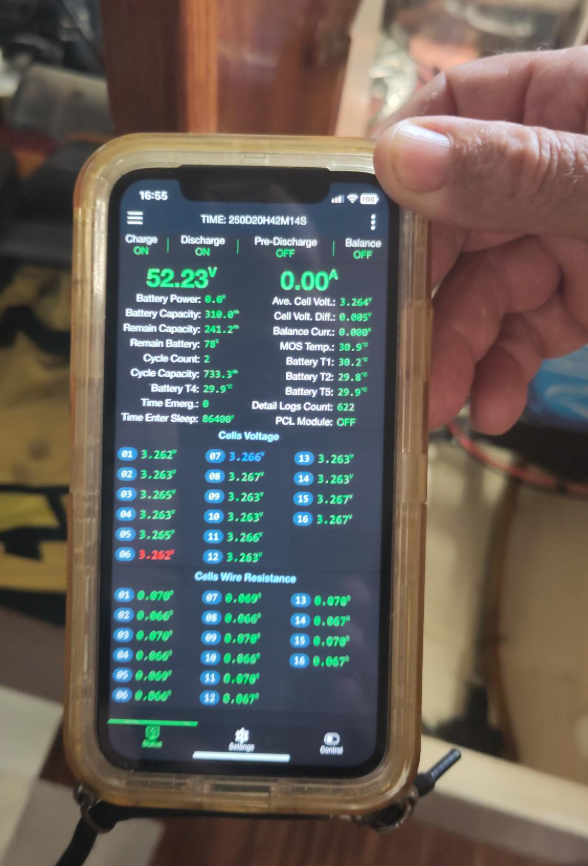
The app on the cell phone of Gustavo shows all energy data, from general to detail, So he has a refined knowledge and awareness of the energy household.
Charging with the propeller – the further you go, the safer your energy.
The charging power of the electric motor is difficult to measure, because the meter goes up and down every second. But in general we are pretty sure about this: when doing 5 knots, we easily charge over 50 Watt, When we do 6 knots, we do 100 Watts. And the funny thing is, we even didnot change our propeller for this new motor!”
Gustavo adds:”With a diesel engine on the ocean, you always worry that you keep enough energy till the end of your trip Because it can only get down. But when you charge with your motor, it is the opposite: you always have plenty energy on your arrival.”
